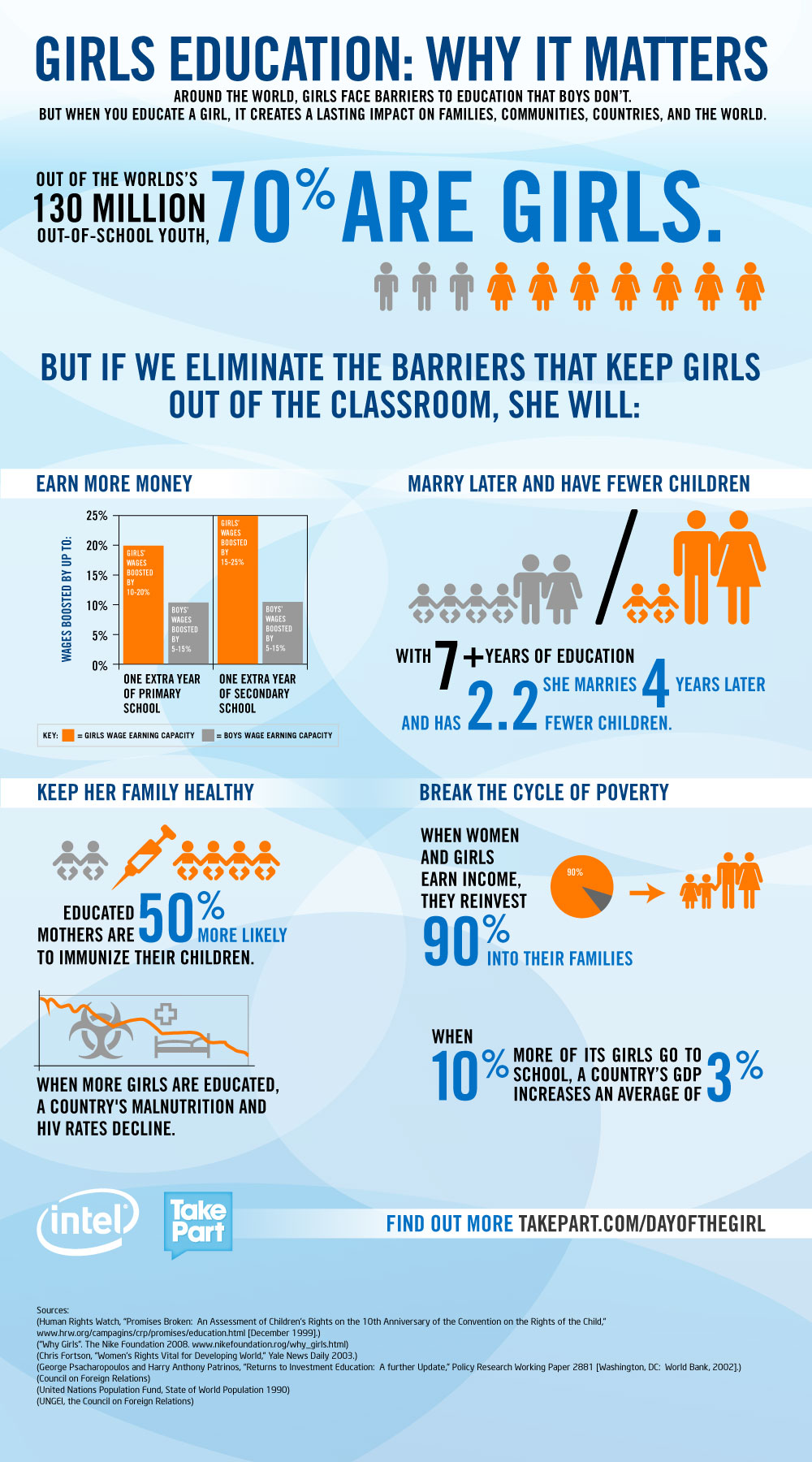Discovering, developing and deploying the next generation of technologies to fight global poverty.
Each year, hundreds of tecnology solutions are developed to address the challenge of sustainable global development. A small number of them as very successful, and reach millions of people; most, however, are barely get off the ground. They believe that one reason for the low success rate is that the technologies are more supply-driven (i.e., examples of the “hammer looking for a nail” syndrome), rather than based on a thorough assessment of needs and wants.
LIGHT is conducting an exciting and far-reaching study – working with over 200 experts from around the world – to understand which technologies really matter. Their core objective is to coalesce and catalyze the global ecosystem of innovators on how science & technology can alleviate global poverty and related social ills. They are using a 4-step approach:
- Identify and focus attention on pivotal S&T breakthroughs: Which critical problems and breakpoints can S&T breakthroughs meaningfully address (across poverty, health, governance, education, human rights, environmental degradation, etc.)?
- What are the highest-potential interventions to solve those problems, and how much of a role does technology play in those interventions (compared to policy, infrastructure development, human capital development, behavior change, financial inclusion, etc.)?
- They’re fihting for collaboration among governments, the civil society, private sector and multilateral development institutions, including new partners to financing the end extreme poverty in the generation. The private sector is playing an increasingly important role in financing goods, service and infrastructure in emerging economies. They need to radically rethink how they unlock resources and develop new initiatives that will help finance the poor countries.
- Current state of affairs: How ready are current-generation technologies, and what new breakthroughs are required?
- Lessons learned in deployment: What are the limits to technologically-oriented solutions, and what is required for large-scale deployment and adoption?
One key end-product of this analysis will be an opportunity map of the various breakthroughs, highlighting:
- The order-of-magnitude population size that can meaninfully benefit from each breakthrough (e.g., 1 million people vs. 10 million people vs. 100 million)
- The likely time-to-market for each breakthrough, under current projections
- The likely difficulty of deployment (e.g., based on economic and business model barriers, and need for policy reforms, infrastructure development, or behavior change)
News and Ideas
Gambling Prevalent in Poor Neighborhoods
While you could be mistaken for believing that gambling is only for the rich and those with some discretionary spending money available, the rate of gambling in poor neighborhoods is more than twice the rate as experienced neighborhoods with very low poverty levels. It appears there is a direct correlation between the prevalence of problem gambling and the socio-economic level of neighborhoods, with gambling problems increasing as the level of poverty of the neighborhood increases.
Using Sports to Combat Poverty
In many cultures sport is an integral part of life. From the early days when learning to kick a ball was critical to developing good motor skills to playing sports at the professional level, and everything in between, boys and girls, men and women, have known the value of playing at least one sport either competitively or for leisure. Sports can be as simple as the age-old pastime of kicking a soda can along the street or can be as highly challenging as a round of golf on a world class golf course.
Technology Playing a Larger Role in Fighting Global Poverty
Technology has advanced the world in so many ways, particularly in commerce, so it seems natural that technology could be used to arm communities throughout the world with tools that can help them put an end to poverty. To this end the Institute for Globally Transformative Technologies at their Berkeley Lab in California, U.S.A. is exploring innovative ideas that although they do not exist at this time, are feasible when scientists, designers and engineers work together with the support of aid agencies, philanthropies, businesses and other charitable organizations and individuals.


